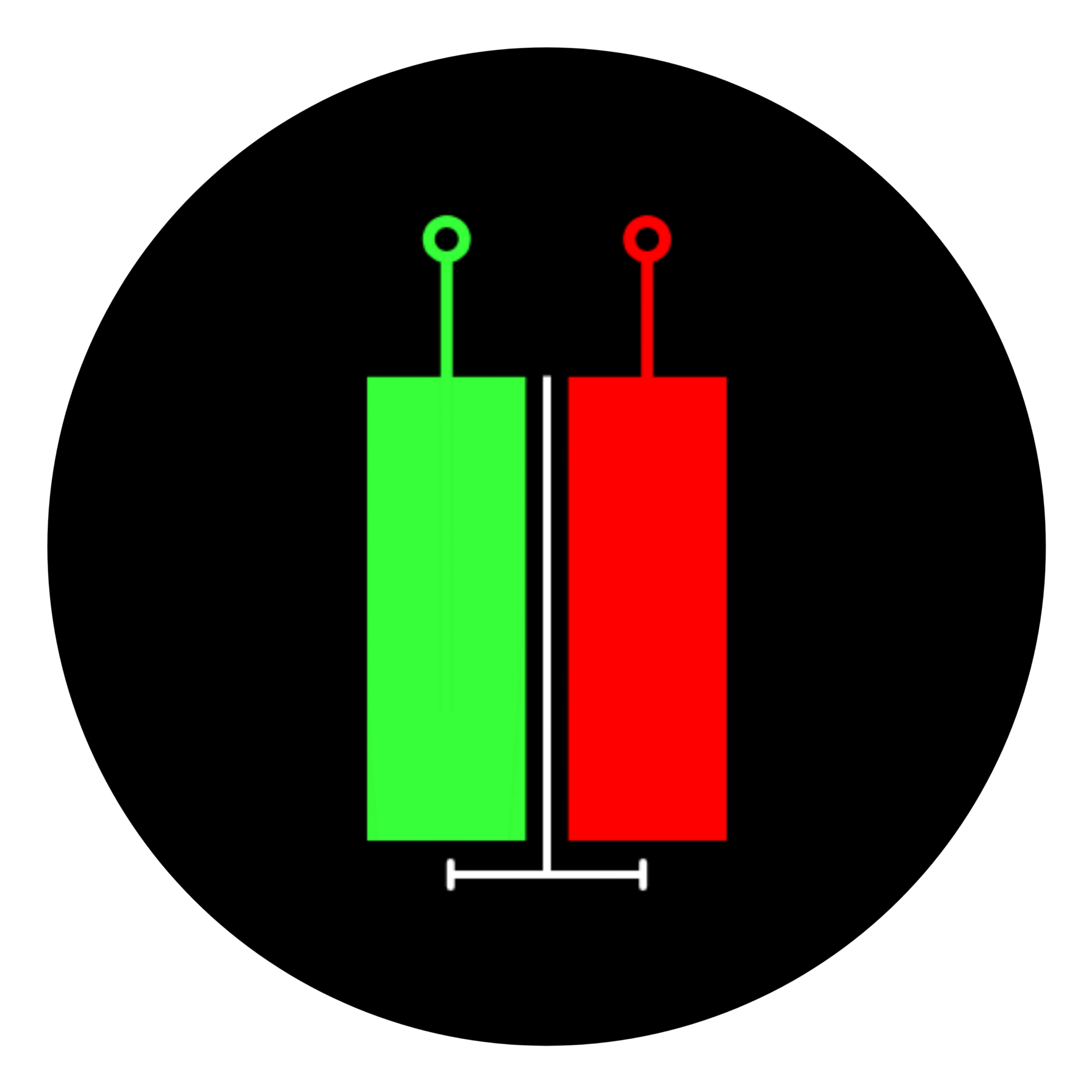In this article, we explain what is delta based open interest and how it helps traders understand real market positions by adjusting open interest with option delta for more informed and confident trading.
Table of Contents
Delta-Based Open Interest is the total number of active futures and options contracts after each contract is weighted by its delta.
Open Interest (OI) is the total number of futures and options contracts that are still active. It shows how many positions are open at any time. OI helps traders see how lively the market is. Higher OI means more people are trading and the market has more liquidity.
Why Use a Delta-Based Framework?
Traditional OI counts every contract the same way. But options can behave differently depending on how close their price is to the actual asset price. This is where delta comes in.
- Delta measures how much an option’s price changes when the underlying asset price moves by one unit.
- Deltas range from -1 to +1. For a call option, delta is between 0 and +1. For a put option, delta is between -1 and 0.
- A delta of 0.5 means the option price moves half as much as the underlying asset price.
The Future Equivalent (FutEq) method uses delta to adjust OI. This makes the OI number reflect real risk better.
How Delta-Based OI is Calculated?
- Find Each Contract’s Delta
- For futures, delta is always +1 (or -1 if short).
- For options, delta depends on how close the option’s strike price is to the current price.
- Multiply OI by Delta
- Futures contracts count fully.
- Options count less if their delta is below 1. For example, an at-the-money option with delta 0.5 adds only half a contract to the total.
- Add Up the Adjusted Numbers
- Sum the adjusted open interest for all contracts.
- This sum is the delta-based Open Interest or FutEq OI.
Advantages of Delta-Based OI
- Better Risk Assessment
By using delta, the OI shows how much real exposure traders have to price changes. - Fair Position Limits
Regulators can set safer limits on how many contracts a person or firm can hold. - Reduced Market Manipulation
When limits reflect real risk, it is harder for a few traders to sway the market.
SEBI’s Delta Rule and Position Limits
The Securities and Exchange Board of India (SEBI) has proposed using the delta-based method for setting gross position limits in index options. Limits may be raised to Rs. 10,000 crore using FutEq OI instead of the old notional method. This change aims to keep markets fair and stable.
- Gross Position Limit is the maximum open exposure a client can have in index futures and options.
- Under the FutEq system, if your options have lower deltas, you may hold more contacts safely.
Market-Wide Position Limit (MWPL)
Another key concept is Market-Wide Position Limit (MWPL). This cap applies to all traders combined for a single stock.
- Today MWPL is 20% of a stock’s free-float market value.
- SEBI plans to lower it to 15% or use 60 times the stock’s average daily volume.
- If total delta-based OI reaches 95% of MWPL, trading bans start. The ban lifts when OI falls below 80%.
Why It Matters for Traders
- Clearer View of Market Activity
Traders can judge if big players are really exposed or just holding low-risk options. - Better Trading Decisions
Knowing the true open interest helps traders pick strategies. - Compliance with Rules
Following delta-based limits avoids penalties for breaking position caps.
Conclusion
Delta-based Open Interest or FutEq OI is a smarter way to measure active futures and options contracts. It looks at how much an option’s price will move when the underlying asset moves. This method gives a truer picture of market risk. It also helps set fair and effective position limits. As SEBI moves toward using delta-based rules, Indian markets should become safer and more transparent.
Disclaimer: We have taken the utmost care in preparing this information but cannot guarantee its absolute accuracy. Any necessary corrections will be made as required.

